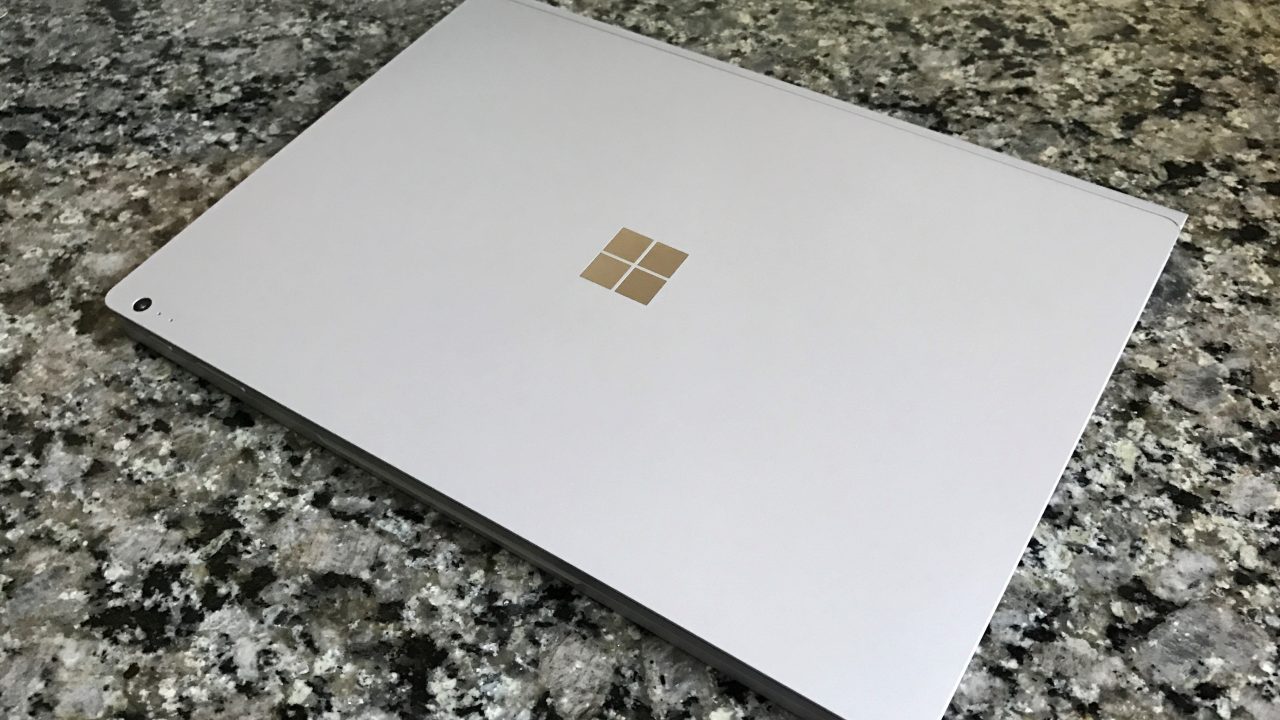Azure Launches FS_v2-Series Virtual Machines
Microsoft has launched a new version of the F-Series virtual machines aimed at providing Xeon performance for application servers in Azure.
The F-Series Virtual Machine
The first version of the F-Series was a kind of rebirth for Azure virtual machines; the F-Series introduced a new naming standard that gave us meaning to the names of each machine. The F4 name indicated that the machine had 4 virtual processors and it wasn’t just the 4th size on a list.
The name, F-Series, also indicated what this machine was; it had good horsepower and was a jack-of-all-trades, just like a certain pickup truck. Here’s how I explained the F-Series to customers:
- When the A-Series wasn’t enough, you’d consider either the D-Series or the F-Series.
- The D-Series focused on database workloads adding more memory than processors, such as the D2_v2 with 2 cores and 7GB of RAM. The F-Series focused on application workloads with a more equal processor/RAM balance, such as the F2 with 2 virtual processors and 4GB RAM.
The F-Series was the sibling of the D_v2-Series virtual machine; both ran on the same host hardware based on the 2.4GHz Intel Xeon® E5-2673 v3 (Haswell) processor. Interestingly, this has been in great demand and in short supply in some Azure regions.
Changes
The close relationship between the F-Series and the D-Series began to split with the release of the D_v3 virtual machines. The D_v3 was the first of the D-Series to stop chasing processor GHz. Microsoft aimed the D-Series at disk/database-focused workloads (“D is for disk or database”). In my experience, services such as SQL Server never complained about processor utilization; instead, they complained about a lack of cores (processor queue length). The solution to that was to add as many threads as possible.
Microsoft tackled this actual performance problem by running the D_v3 virtual machine on a host with Intel Hyperthreading enabled. Therefore, a virtual processor was not a full core but was one of two threads on the core. Combined with a higher-spec processor, this introduction of Hyperthreading reduced CPU performance by 28 percent (which doesn’t really affect database/disk workloads). To counter that, Microsoft reduced the cost of the D_v3 by 28 percent (versus the D_v2) and this meant that customers got more threads of execution for a lower cost.
And this is where the D_v3 and the F-Series began to go down different routes.
The FS_v2-Series
The F-Series has always been about affordable horsepower, so if you want some muscle in your machines, then this is a possible route to take. The exception is if you need one of the huge (H- or M-Series) or specialized (N-Series) machines. A new generation of the F-Series, the FS_v2-Series, has been launched by Microsoft.
Microsoft claims that the FS_v2-Series is the best value in price-performance in the Azure portfolio. A step up from the A_v2-Series, these machines are based on the Intel Xeon Platinum 8168 processor. This CPU has a base speed of 2.7GHz with a maximum speed of 3.7GHz. Microsoft also says:
AVX-512 instructions, which are new on Intel Scalable Processors, will provide up to a 2X performance boost to vector processing workloads on both single and double precision floating point operations.
In other words, these processors are very fast.
Did you notice that I haven’t mentioned the phrase “F_v2-Series” at all in this post? There are no F_v2 virtual machines. This is because:
- There is no cost difference between an “S” (Premium Storage or SSD-capable machine) and the non-“S” variant.
- The “S” versions can run on Standard Storage (HDD) if you want to.
- By deploying an “S” version of a series, you have to easy ability to move between Standard and Premium Storage.
So, why would you ever deploy a D_v3 when the DS_v3 is the same cost and is more flexible? I think Microsoft has realized this too, so we only have the FS_v2 now. Keep in mind that you can still deploy it on Standard Storage and it wouldn’t be any cheaper to deploy the non-existent F_v2.
Availability
The FS_v2 was originally launched in just West US2, West Europe, and East US. However, since then it has spread out to other locations. For example, I just stumbled upon the B-, NC-, NV, DV_v3, and F_v2-Series all running in Dublin/North Europe, none of which were previously available. Note that the official listing of service availability was not up to date at the time of writing this article.





![The range of Azure FS_v2-Series virtual machines [Image Credit: Microsoft]](https://petri-media.s3.amazonaws.com/2017/11/FS_v2-Virtual-Machines.png)